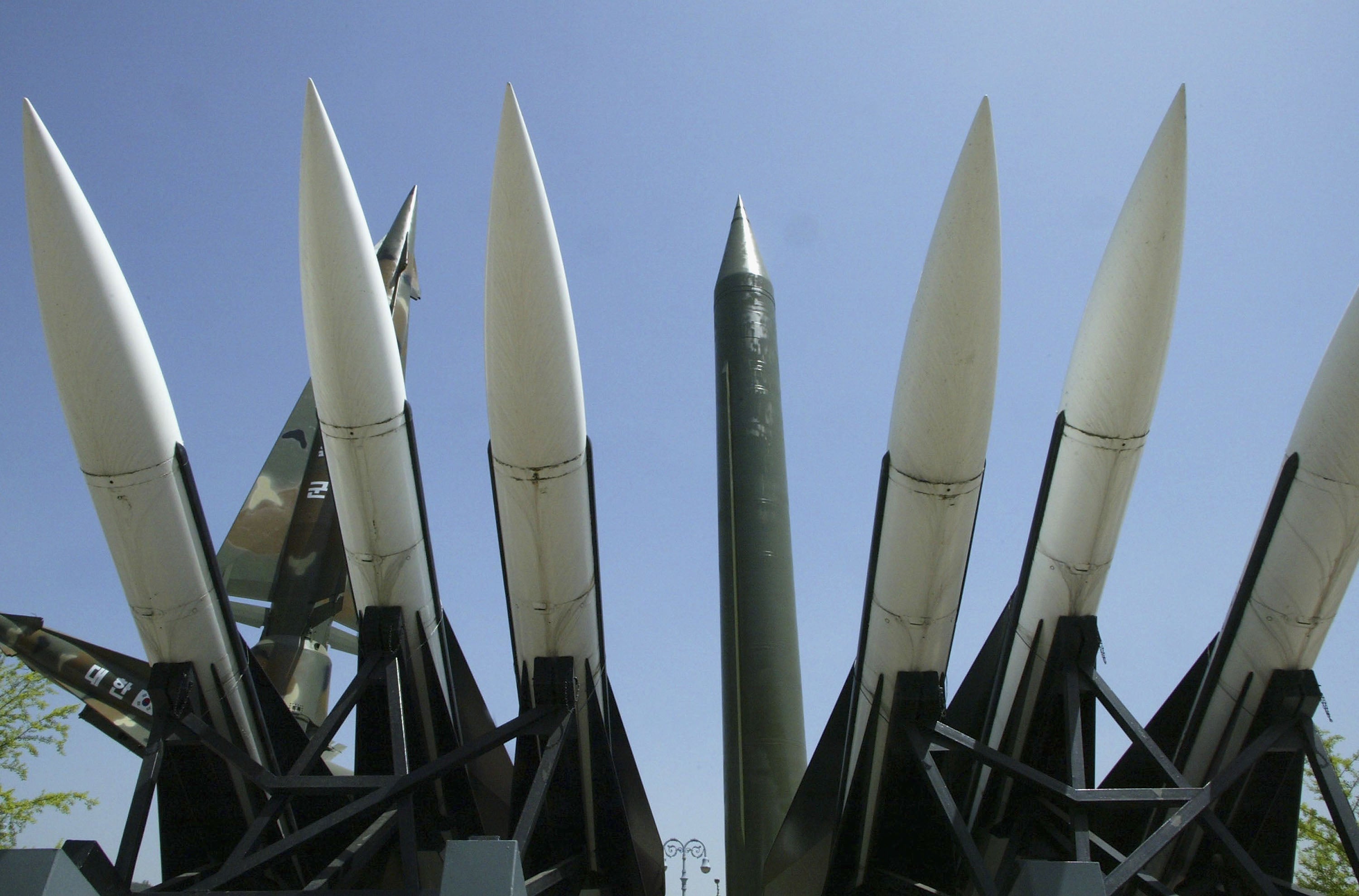Global spending on weapons reached record high in 2020, report shows
Worldwide, amount spent on defence increased by almost four per cent in real terms compared to 2019

Your support helps us to tell the story
From reproductive rights to climate change to Big Tech, The Independent is on the ground when the story is developing. Whether it's investigating the financials of Elon Musk's pro-Trump PAC or producing our latest documentary, 'The A Word', which shines a light on the American women fighting for reproductive rights, we know how important it is to parse out the facts from the messaging.
At such a critical moment in US history, we need reporters on the ground. Your donation allows us to keep sending journalists to speak to both sides of the story.
The Independent is trusted by Americans across the entire political spectrum. And unlike many other quality news outlets, we choose not to lock Americans out of our reporting and analysis with paywalls. We believe quality journalism should be available to everyone, paid for by those who can afford it.
Your support makes all the difference.Global spending on weapons reached record levels last year despite the economic ravages of the coronavirus with China, where the pandemic began, leading the arms race in Asia by a considerable margin.
Research carried out by the think-tank The International Institute for Strategic Studies (IISS) shows that the amount spent on defence globally went up to $1.83 trillion (£1.29 trillion), a rise of almost four per cent in real terms over 2019.
The US continues to have the world’s largest defence budget, with $738 billion (£522.32 billion), the UK, with $61.58 billion (£43.58 billion) is the second highest, while Russia is now third on $60.64 billion (£42.92 billion).
Asian states had a 17.8 per cent share of the international weapons spending in 2010 . This has risen to 25 per cent by last year. The main driver for this was China, whose 2020 budget of $12 billion (£8.49 billion), was greater than the combined defence budget increases in all other countries in the continent. This was despite a decline from 5.9 per cent of the GDP to 5.2 per cent year on year.
China now has the world’s largest navy and world’s largest coastguard force as well as a significant array of ballistic missiles.
In its authoritative annual “Military Balance” report on defence and geopolitics, the IISS analysed the growth of China’s “power projection.”
It states: “Beijing seems intent on achieving primacy in its littoral areas, and while China’s maritime paramilitary forces have taken the lead – and are using facilities on Chinese-occupied features in the Spratly Islands as forward-operating bases in the South China Sea – the People’s Liberation Army Navy (PLAN) has maintained an ‘over-the-horizon’ presence.
“China’s corvette numbers have more than doubled in the last five years, reaching 55 in 2020. Meanwhile, the anti-submarine warfare capability of China’s navy is increasing. Other naval shipbuilding has continued at pace, and the number of large amphibious vessels has doubled, to six, since 2015. This will increase as new vessels, including amphibious assault ships, are commissioned.”
The report found that Beijing has concentrated on putting extensive support systems in place for military operation, increasing fleet support ships from seven to 12 in five years. Increased numbers of Y-20 heavy transports mean that the PLA Air Force has effectively doubled its heavy air transport fleet in the last four years.
The IISS’s analysts also offered a “cautionary note, indicating that as China’s armed forces modernise and its power-projection capabilities grow, other aspects of Beijing’s plans – such as its drive to improve military training – will be at least as important in delivering successful and durable military capability.”
Donald Trump had been among successive US presidents demanding that Nato’s European partners spend more on defence.
“These countries continued to increase their defence expenditure as a proportion of GDP, but they have some way to go to reach the Alliance’s recommendation to spend per cent of GDP on defence by 2024. Although the pandemic caused a 7 per cent average economic contraction among NATO members, in 2020 only nine of the Alliance’s 28 European members met the 2 per cent target.”
The report states: “Total European defence spending grew by 2 per cent in real terms in 2020.” It adds: “This was more modest than the 4.1 per cent uplift seen in 2019, but the commitment by key players to increase their defence budgets in 2021 and beyond,” if adhered to, could mean that “in 2021 Europe could be the region with the fastest growth in global defence spending.”
Defence spending among Arab states in the Middle East has stalled with the fall in oil prices, with the Saudi budget of $48 billion (£33.97 billion) remaining the largest. The US footprint in the region and west Asia is now the lowest since the interventions following 9/11. The force presence in Syria is now between 500 and 700 and there are around 2,500 present in Iraq and the same number in Afghanistan.



Join our commenting forum
Join thought-provoking conversations, follow other Independent readers and see their replies
Comments